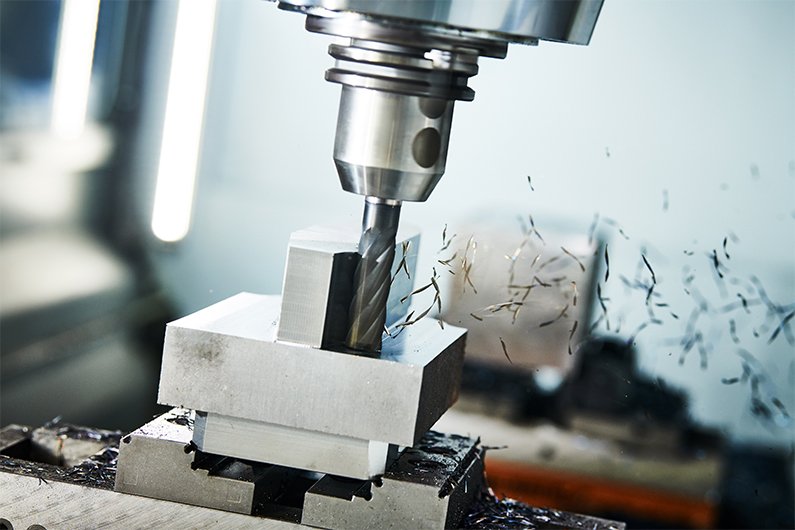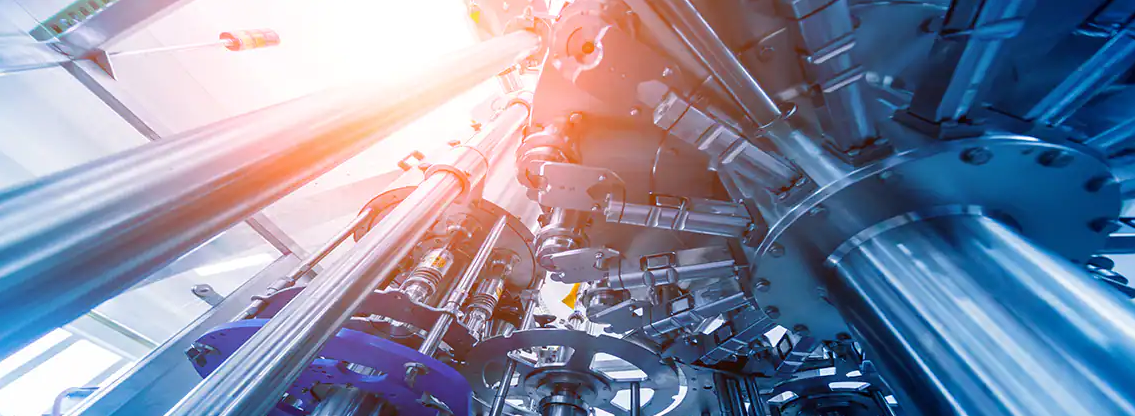Die casting is a widely used manufacturing process to produce complex and precise metal parts. It involves injecting molten metal into a mold cavity under high pressure. To ensure successful die casting production, certain design guidelines need to be followed. In this article, we will explore some essential considerations to keep in mind when designing for die casting.
1. Wall Thickness: One of the crucial factors to consider in die casting design is the wall thickness. Maintaining uniform wall thickness throughout the part is essential for achieving high-quality die castings. It is recommended to keep the wall thickness between 1.5mm and 4mm. A uniform wall thickness helps in reducing the chances of defects such as shrinkage, porosity, and warpage.
2. Draft Angle: To facilitate the ejection of the part from the mold, draft angles need to be incorporated into the design. Typically, a draft angle of 1-3 degrees is recommended. This allows for smooth ejection and minimizes the risk of damaging the die.
3. Ribs and Bosses: Reinforcing ribs and bosses can enhance the structural integrity of the die-cast part. Ribs should be designed with a thickness of 60-70% of the adjoining wall thickness and a height that is at least 1.5 times the thickness. Bosses, which are raised features used for mounting or fastening purposes, should be designed with adequate wall thickness to prevent sink marks and ensure sufficient strength.
4. Fillets and Radii: Sharp corners and edges can lead to stress concentration and potential failure points. Incorporating fillets and radii in the design helps distribute stress and increase the strength of the part. It is recommended to have a minimum radius of 0.5mm for interior corners and 1mm for exterior corners.
5. Undercuts and Side Actions: Die casting is limited to producing parts with simple shapes and features. Undercuts and side actions can complicate the ejection process and increase the cost of tooling. It is advisable to avoid undercuts or keep them to a minimum. If undercuts are necessary, they should be designed with proper mechanisms and additional side actions.
6. Parting Line and Gate Placement: The parting line is the line where the two halves of the die meet. It is important to consider the parting line location to minimize visual defects and facilitate proper filling of molten metal. Gate placement, where the molten metal enters the mold, should be strategically located to ensure uniform filling and reduce turbulence.

7. Surface Finish: Die casting can produce parts with excellent surface finishes. However, it is important to consider the desired finish during the design phase. Additional provisions may be required to achieve the desired texture or smoothness, such as adding texture to the mold or post-processing operations like polishing or plating.
8. Material Selection: Material selection is a critical aspect of die casting design. Different materials have varying fluidity, shrinkage rates, and mechanical properties. It is essential to choose the appropriate alloy to meet the functional requirements of the part. Consultation with material experts is recommended to ensure the optimal material selection.
By adhering to these design guidelines, designers can optimize the die casting process and achieve high-quality parts with minimal defects. Collaborating closely with experienced die casting manufacturers and tooling experts can further enhance the design for efficient production. Remember, a well-designed die casting not only ensures functional durability but also facilitates cost-effective manufacturing.
-

- Magnesium alloy die-casting Auto parts controller housing
-

- Magnesium alloy die-casting Auto parts headlight frame
-

- OEM Die casting manufacturer produce magnesium alloy auto dashboard
-

- Magnesium alloy Thixomolding power batter housing
-

- Thixomolding parts & components cell phone middle board processed
-

- Thixomolding parts & components mobile phone middle board processed

 0086-750-5616188
0086-750-5616188 +86 13392089688
+86 13392089688 sales@zhongmei-tech.com
sales@zhongmei-tech.com







